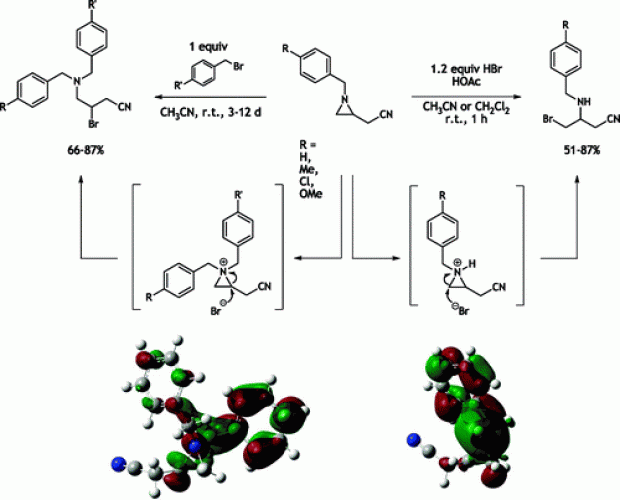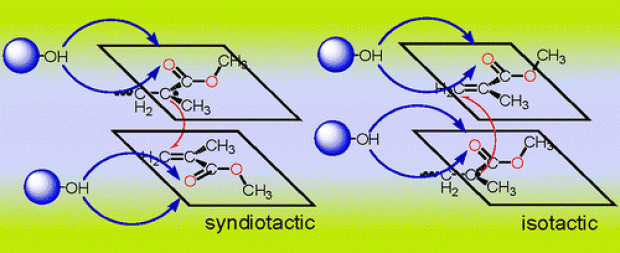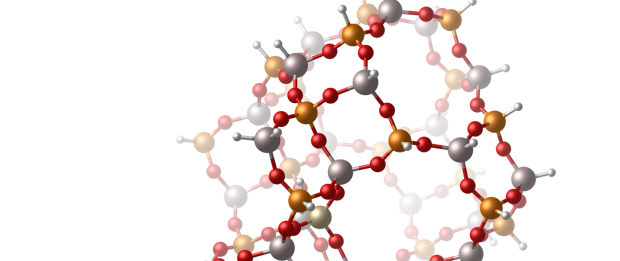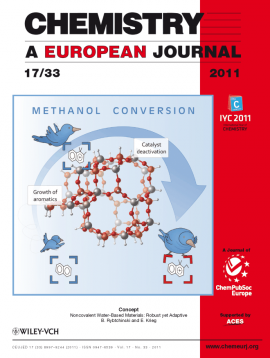An assessment of theoretical procedures for predicting the thermochemistry and kinetics of hydrogen abstraction by methyl radical from benzene
Abstract
The reaction enthalpy (298 K), barrier (0 K), and activation energy and preexponential factor (600−800 K) have been examined computationally for the abstraction of hydrogen from benzene by the methyl radical, to assess their sensitivity to the applied level of theory. The computational methods considered include high-level composite procedures, including W1, G3-RAD, G3(MP2)-RAD, and CBS-QB3, as well as conventional ab initio and density functional theory (DFT) methods, with the latter two classes employing the 6-31G(d), 6-31+G(d,p) and/or 6-311+G(3df,2p) basis sets, and including ZPVE/thermal corrections obtained from 6-31G(d) or 6-31+G(d,p) calculations. Virtually all the theoretical procedures except UMP2 are found to give geometries that are suitable for subsequent calculation of the reaction enthalpy and barrier. For the reaction enthalpy, W1, G3-RAD, and URCCSD(T) give best agreement with experiment, while the large-basis-set DFT procedures slightly underestimate the endothermicity. The reaction barrier is slightly more sensitive to the choice of basis set and/or correlation level, with URCCSD(T) and the low-cost BMK method providing values in close agreement with the benchmark G3-RAD value. Inspection of the theoretically calculated rate parameters reveals a minor dependence on the level of theory for the preexponential factor. There is more sensitivity for the activation energy, with a reasonable agreement with experiment being obtained for the G3 methods and the hybrid functionals BMK, BB1K, and MPW1K, especially in combination with the 6-311+G(3df,2p) basis set. Overall, the high-level G3-RAD composite procedure, URCCSD(T), and the cost-effective DFT methods BMK, BB1K, and MPW1K give the best results among the methods assessed for calculating the thermochemistry and kinetics of hydrogen abstraction by the methyl radical from benzene.


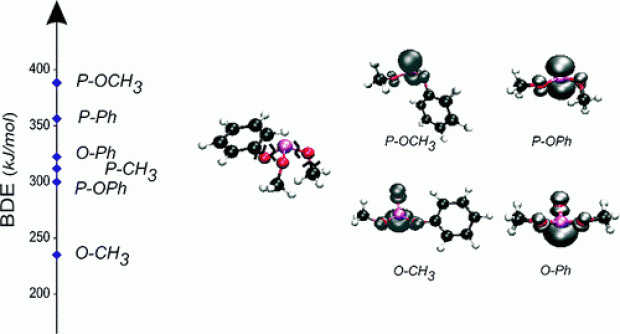
 Open Access version available at
Open Access version available at 